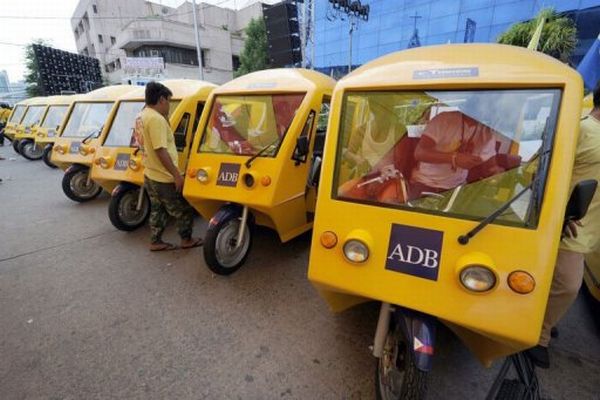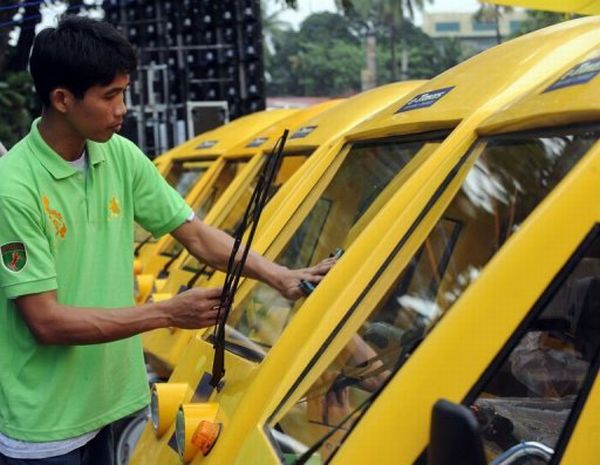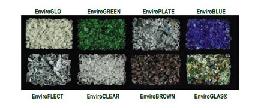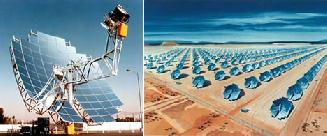
In Manila, vehicle emissions account for 80 percent of all pollution. And Manila based Asia Development Bank has seen 30 percent of all pollution in the Philippines originating out of mass transport system alone. So, it was very thoughtful of the government to launch electric powered tricycles on the roads of Philippines on Earth Day. President Benigno Aquino went for a test ride on an electric tricycle during its launch in Mandaluyong City. The government intends to push more than 20,000 e-trikes, which stand between a car and a mobike.
While some scientists disagree on the eco-viability of such vehicles, still one good reason for Philippines to go for this makeover is that petrol and gasoline guzzling vehicles account for the most of public transport system there. President Aquino insisted that an electric overhaul for the country’s transport infrastructure was indeed needed. He said, “I would like to see the day when nearly all public utility vehicles run on alternative fuel, freeing the public transport sector and commuters from the threat of unreasonably high oil prices and unhealthy levels of air pollution.” However, this ambitious project has no deadline till now. The nation has decided to go about it in a pretty concentrated manner – keeping a reduction in its carbon footprint in focus. And ADB, definitely, lends credibility to this effort.

ADB has, indeed, a very good reason to support the Philippine cause. It has seen more than 3.5 million tricycles operating in the country. These consume fuel worth nearly $5 billion. Just consider the level of noxious emission they generate, which can weigh much against the public good they serve. Petrol and gasoline driven tricycles emit more than 10 million tons of carbon dioxide every year. It is estimated that the introduction of every 20,000 e-trikes will lead to a reduction in around 100,000 liters of daily foreign fuel imports, ultimately saving Philippines approximately $35 million annually.
Quite a cool calculation on this Earth Day and pretty good thought too.




